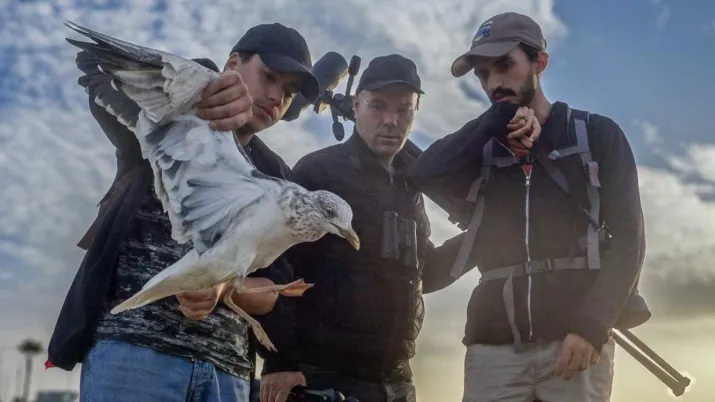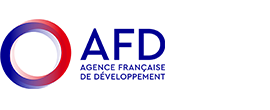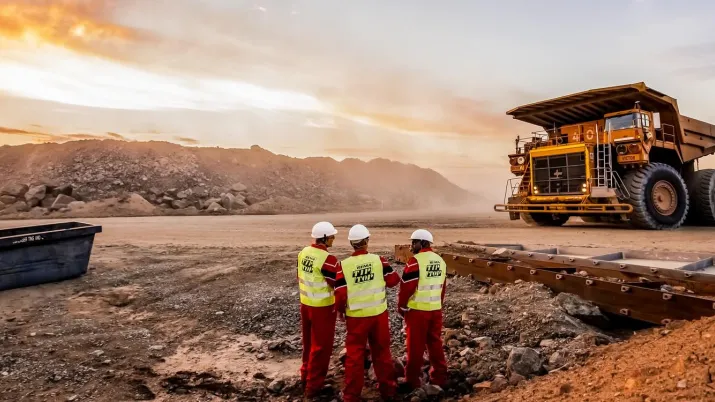Share the page
Khadija Bourass: boosting biodiversity in Morocco through bird conservation
Published on
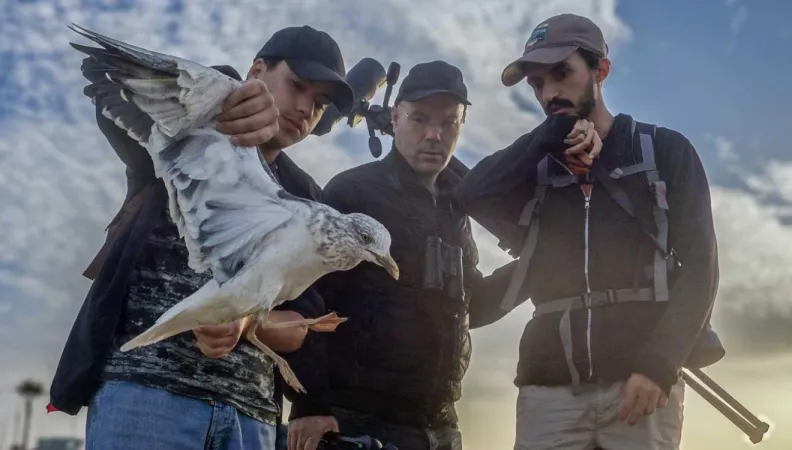
Through her work leading GREPOM, an NGO for bird conservation in Morocco, Khadija Bourass resolutely defends Moroccan biodiversity. She advocates for wildlife and wetlands, with the conviction that when we preserve nature, we protect people, due to the interdependence between species.
While some people count sheep to fall asleep, Khadija Bourass counts birds to protect the future. She is passionate about biology and immunology and holds a PhD in ecology, and yet she practically apologizes for not being an ornithologist, despite heading the Moroccan bird conservation NGO GREPOM since 2016, and regardless of all the work that she has accomplished. After just a few months, she went from conservation officer to executive director of GREPOM. Four years later, she was elected to the board of BirdLife International, one of the leading NGOs for the protection of nature and birds. “My election to the board of BirdLife International was a surprise and is a source of pride: it shows that GREPOM’s work is internationally recognized,” she says.
See also: Lead Academy Morocco: sport and education for all children
On the ground: observation work and awareness-raising
On the banks of the Oued Ykem, between Harhoura and Skhirat, and then along the Oued Cherrat, between Skhirat and Bouznika, four members of GREPOM met to observe marbled ducks and, more generally, to conduct an autumn census. Their morning was intense: even before setting up their binoculars, tripods, and telescopes, they had rescued a seagull on the side of the road; taken note of a dead cormorant on the beach; and witnessed an amateur attempt at poaching, in the form of a young goldfinch in a cage on the sand, placed there to attract other songbirds for trafficking. “A few years ago, we used to be able to swim here like it was like a pool!” a local resident said pointedly as they crossed paths. These are a sample of the multiple challenges facing GREPOM, whose actions combine scientific conservation with on-the-spot awareness-raising.
Convincing people to preserve wetlands: a crucial issue for the Mediterranean
“Our challenge is to convince people that nature conservation and the improvement of human living conditions are interdependent,” explains Khadija. Indeed, GREPOM’s work of observation and identification also involves reporting on the impact of drought and overexploitation of resources. These are phenomena that threaten not only birds and their habitats, but also local people and their survival. “Wetlands are like sponges: they regulate water, enrich water tables, and reduce the risk of flooding. When they disappear, so do essential ecosystem services for local people,” she warns.
With financial support from AFD, GREPOM has been involved since 2018 in two projects aimed at strengthening the capacities of civil society for the conservation and sustainable use of wetlands in Mediterranean countries. Led by the research institute La Tour du Valat in the French Camargue region, these projects rely on two networks, the Mediterranean Alliance for Wetlands and the Mediterranean Waterbirds Network (MWN). “Wetlands restoration cannot be done without including the needs of local communities, because their support is key to guaranteeing the sustainability of the actions undertaken,” says Khadija. Offering viable and sustainable alternatives to their practices, rather than prohibiting them, is crucial for encouraging them to prevent the destruction of restored sites.
See also: Hlima Razkaoui, a life in support of others with Care Morocco
Gathering data to support biodiversity
With the help of some 50 observers, GREPOM identified 108 wetland areas in 8 of the 12 regions of Morocco in 2024. The information they gathered has provided a valuable database of bird populations and the threats they face. It also serves as a basis for ecological indicators to guide priority actions. For example, monitoring of the endangered white-headed duck has led to specific action plans developed in collaboration with Morocco’s national agency for water and forests (ANEF). The data was also used to revise Morocco’s master plan on protected areas, as well as to provide strategic recommendations to the administration on the establishment of hunting quotas.
Saving the northern bald ibis
Another great GREPOM success is the program to conserve the northern bald ibis, an emblematic and unique species. “The synergy between the GREPOM, the central government, and local guardians has made it possible to downgrade this species, once classified as ‘highly endangered,’ to ‘threatened’ in 2018,” says Khadija. “For us, no small victory is too small. Introducing children to the world of birds, or convincing a fisherman to participate in an awareness-raising session or a hunter not to kill an endangered species can be just as rewarding as leading a big project.”
Further reading
Cape Town and AFD: an exemplary partnership for sustainable coastal resilience
Published on june 6 2025
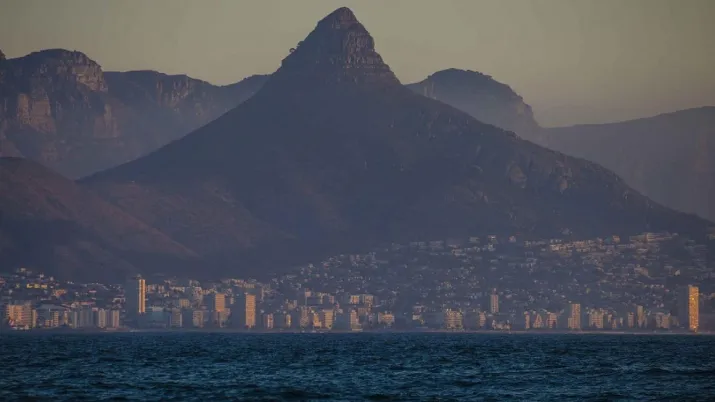
Khadija Bourass: boosting biodiversity in Morocco through bird conservation
Published on june 2 2025
